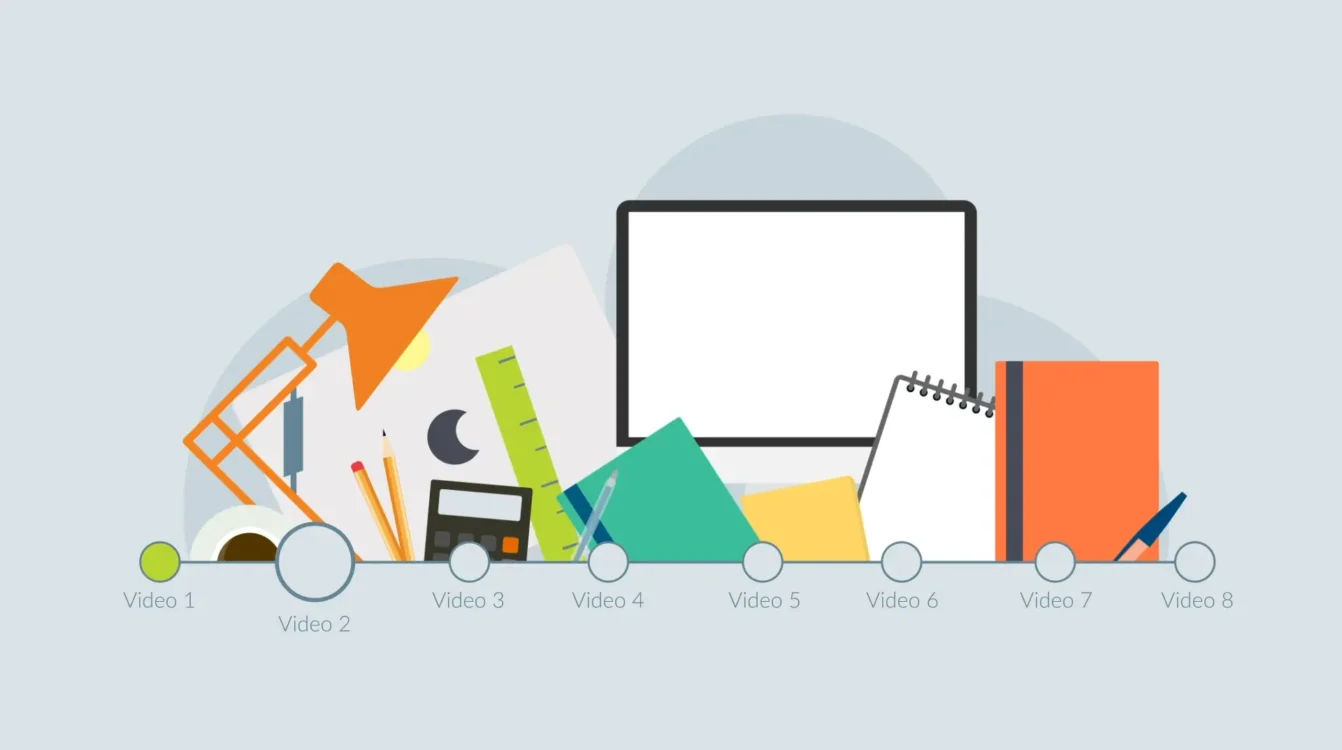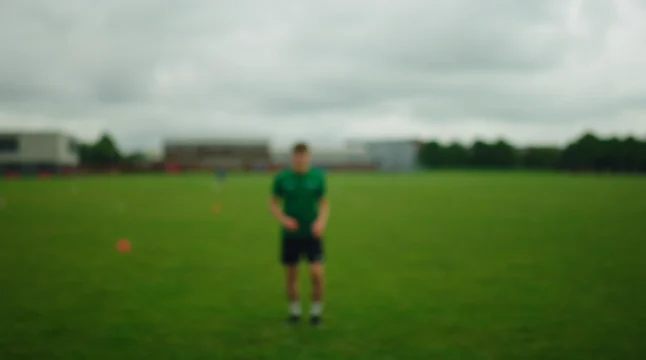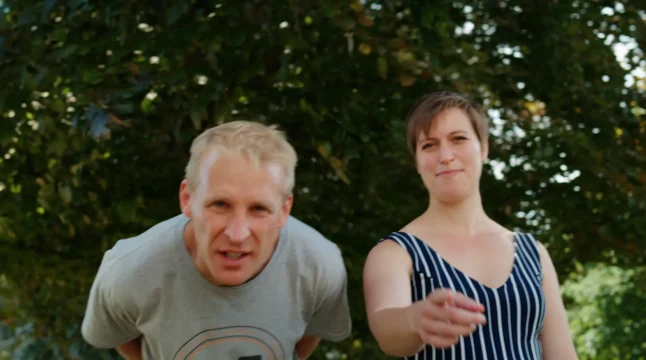The brief
Everyone’s story is different
The exciting thing about learning is that you find what you like and what you’re passionate about. The Extended Project Qualification (EPQ) lets young people take this even further. It’s an opportunity for them to write an essay or create an artefact that relates to anything they’re interested in. Not only is this a great opportunity to explore an area of interest, but it’s also a way of learning skills that will help in your academic and professional future. The only problem is, not everyone knows about the EPQ and those who do sometimes have concerns about the qualification.
Luckily, the Widening Participation and Social Mobility team at University of Southampton have a team to help young people with this. They asked us to help them do just this by creating a series of EPQ related videos filled with tips, tricks and advice. The brief was simple: find the balance between giving enough information without being boring to watch.
These videos break away from our usual approach. We always preach about keeping things as short as possible. However, these videos will be shown in live classrooms, which means that the videos could be longer. We had to shake our usual mindset and accept that these videos could be as long as 20 minutes each.
What we did
The first and most important thing to do was work out what these videos would look and feel like. We’ve seen really engaging educational videos, but we’ve also seen plenty of dull ones. It’s tricky, because these videos need to teach people something, but if they’re too focused on this then they can lose the audience. We worked really closely with the EPQ team to map out how these videos should be. From our point of view, we were very much inspired by BBC Bite Size and some YouTube channels that we’d found while researching. We settled on having well lit interviews in educational spaces, a selection of purposely shot b-roll, stock footage and animated segments. We were confident that if we combined all of this together that we could find the balance between informing and entertaining.
After this concept development phase we were able to jump into pre-production. For this project we didn’t have to produce scripts because we aren’t the experts on the EPQ. However, there was still plenty to do and we set about booking locations, scheduling and developing a visual style for the animated segments. We essentially wanted to lay the groundwork for the films way in advance to make the production and post-production process as smooth as possible.
We were able to pretty quickly jump into production. Over 2 days we were able to capture all of the speaking parts and b-roll that we had mapped out in pre-production. Luckily we were working with people who knew the EPQ like the back of their hands, which made our job so much easier. It can be a bit daunting having speakers deliver long sections of talking (especially when there’s a bunch of technical words involved), but Becki and Rich did great. We wrapped production and headed straight into post-production.
Where these films were scripted we had a guide to follow from an editing perspective. The edits we created then formed the base for the graphics. Our animation team set about creating assets and then timing animations directly over the videos. This means that every animated segment added to the video, giving clarity and linking sections together seamlessly. We were really keen that the animations did actually add something to the video. As well as making each edit seamless, we used the animated segments to add a clear order to the videos. The videos were divided into units. We used specific colours to tie the videos into these units. Every screen, the assets created and a running timeline stuck to these colours so that we could create the continuity required.
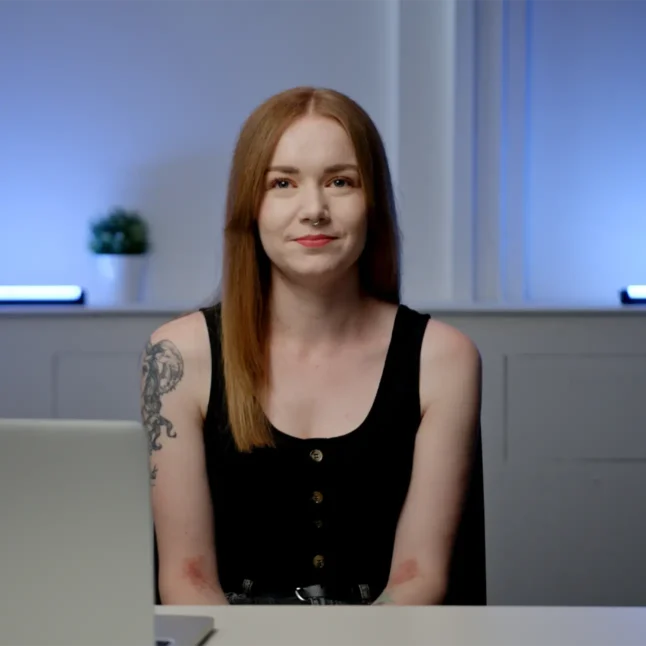
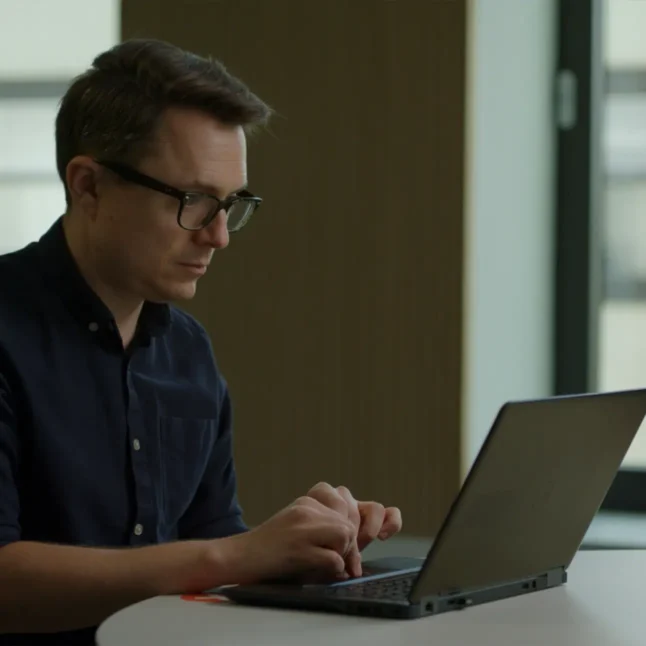
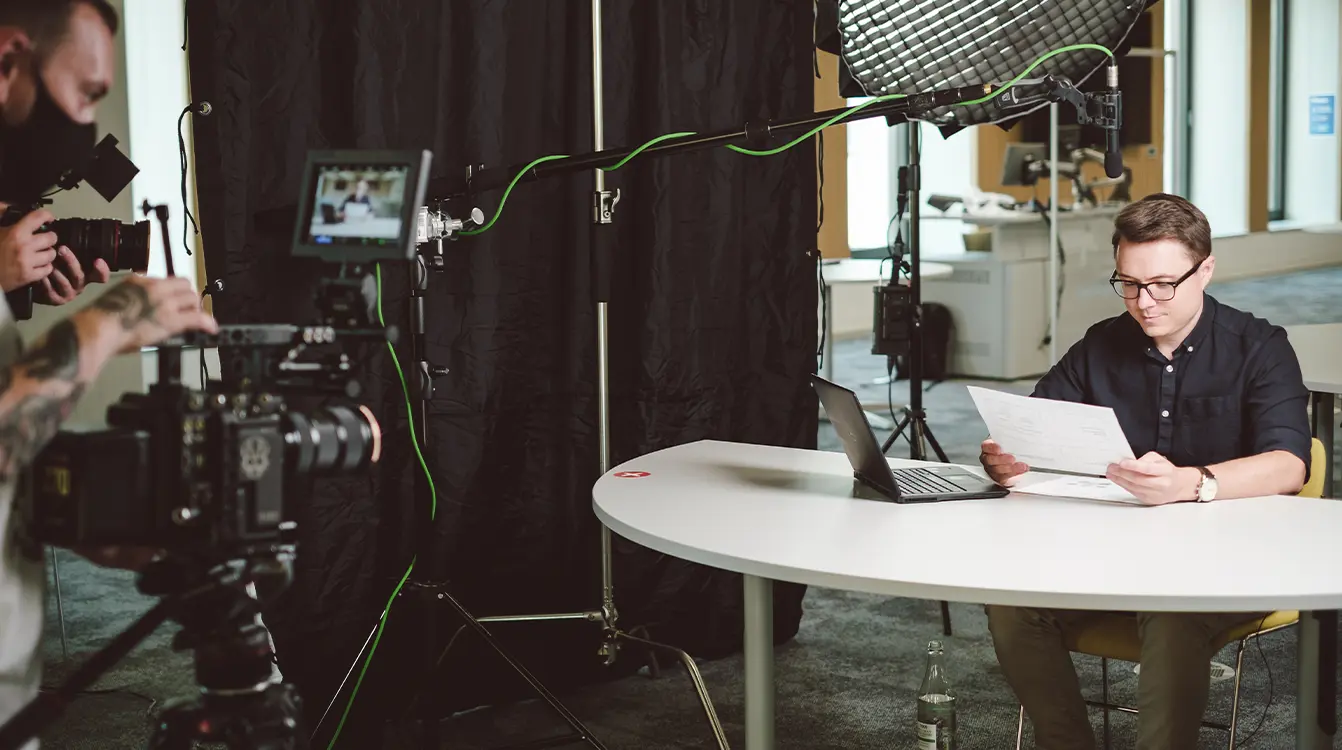
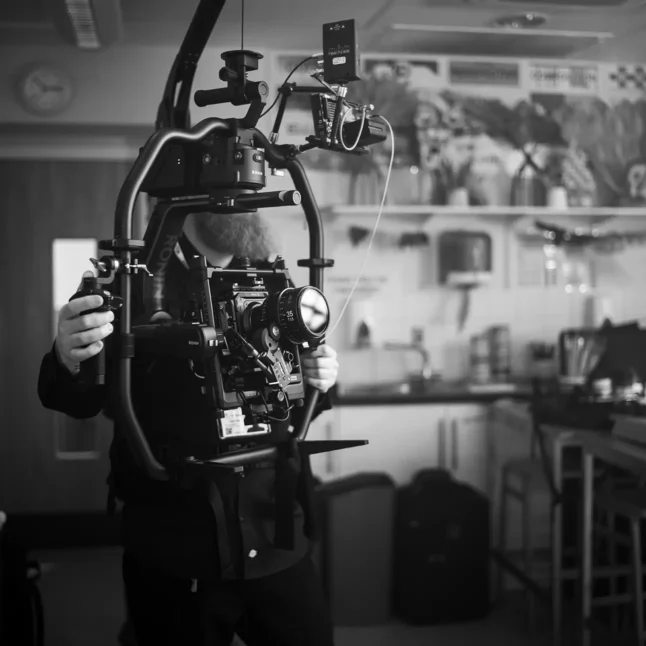
The technical
Concept development
Style development
Scheduling
Filming
Editing
Asset creation
Animation
Music licensing
Social cuts
Asset delivery
The result
Now time for something a little different…
In total we created 8 videos, ranging from 10 to 20 minutes in length. They’re now being used as resources to help young people complete an EPQ and gain valuable skills for their futures. It was a challenging project and a break away from our usual way of working. That’s one of the things that made this such a rewarding experience for us. We’re so glad to have been involved and to have been part of creating something that will go on to help so many young people.
